Finding alpha in AI-related crypto
Join the most important conversation in crypto and web3! Secure your place today
This week, Glenn Williams Jr. explains. how his process of researching small oil and gas companies compares to digital assets and artificial intelligence.
Next, Joe Orsini shares how two on-chain metrics, realized capitalization and holdings trends, demonstrate belief in bitcoin as a store of value (SoV).
You read Crypto long and shortour weekly newsletter with insights, news and analysis for the professional investor. sign up here to get it in your inbox every Wednesday.
Lesser known, less capitalized AI companies present opportunities in crypto
What will become of the opportunistic investor in the digital asset space?
In my previous period, I was a stock analyst. Anyone who has spent time in this role can tell you about the intellectual fulfillment of researching assets, and the mental exhaustion that occurs during “earnings season.” (I could spend an hour rambling on about how much I’m really NOT missing out on earning season, but I digress.)
As is the case for many analysts, I was assigned to cover a set of companies. As an analyst, you don’t usually get carte blanche to write about whatever you want. Each business sector has its own nuances, and so the industry practice is to specialize in one. What will be interesting over time is whether this applies to digital assets.
My coverage universe focused on small oil and gas companies and microcaps – those with small market caps and those with little “cover”.
The rationale for this focus was that alpha was in small, unknown companies. These types of organizations go unnoticed, not because of a lack of quality, but because they have not been widely discovered. This dynamic also exists in crypto.
Of the thousands of digital assets, all but about 25 of them would be considered small cap, given the $2 billion market cap I used with stocks. So lowering that threshold (perhaps to $500 million) makes sense, at least as a first step.
Because the crypto space is a nascent field, fundamental analysis is constantly evolving. Technical analysis translates well in my view, but you have to be willing to change your mind quickly when the facts change.
A second step is to start with a theme. Perhaps there is an area or development you feel strongly about and you want to participate in digital assets that relate to it.
Perhaps you think the general market regime is ripe for value investing due to recent turmoil. Clearly, the initial impact of both Silvergate Bank and Silicon Valley bank closings negatively affected the markets, which appeared to provide favorable valuations that some investors have already taken advantage of. Alfa is often found in the shadows of down markets, although most times it is seen after the fact.
Artificial intelligence could be a topic worth exploring – potentially transformative in the way that cryptocurrencies have been.
AI is a branch of computer science that allows machines to mimic, and possibly improve, processes that the human mind controls. Early AI results have been promising with technologies such as Alexa, Siri, self-driving cars and ChatGPT gaining increasing acceptance.
Which AI-related assets have potential? Consider the following:
Resource: SingularityNET. Token: AGIX. Market value: 596 million dollars. Correlation (BTC): 0.86
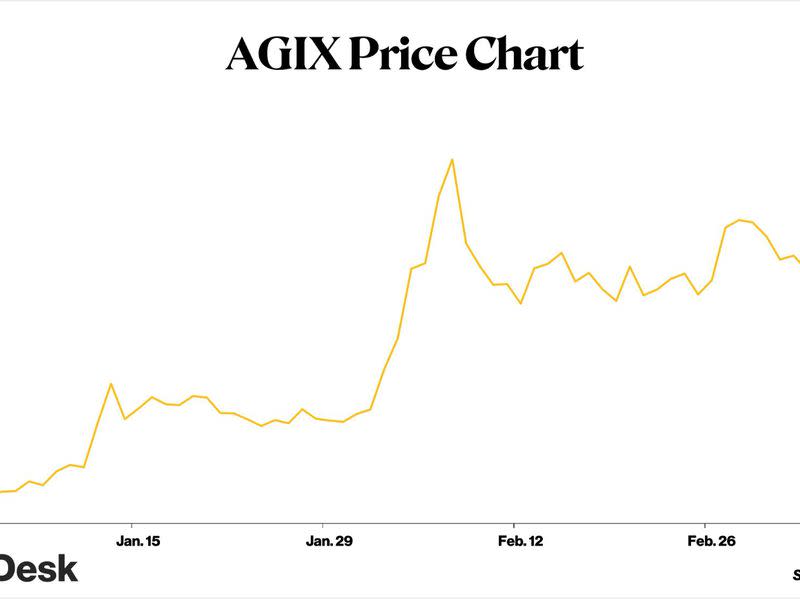
SingularityNET bills itself as “the world’s leading decentralized AI marketplace, running on blockchain.” The most up-to-date white paper says that most AI tools today are fragmented and run in a closed-loop environment.
In contrast, SingularityNET plans to facilitate coordination between different AI tools while allowing developers to monetize their efforts.
So far this year, it has increased by 996%, with trading volume that is 0.10% of BTC. Technically, the RSI is 75, which indicates that the asset is currently overbought.
Resource: Render the token. Token: RNDR. Market value: 491 million dollars. Correlation (BTC): 0.88
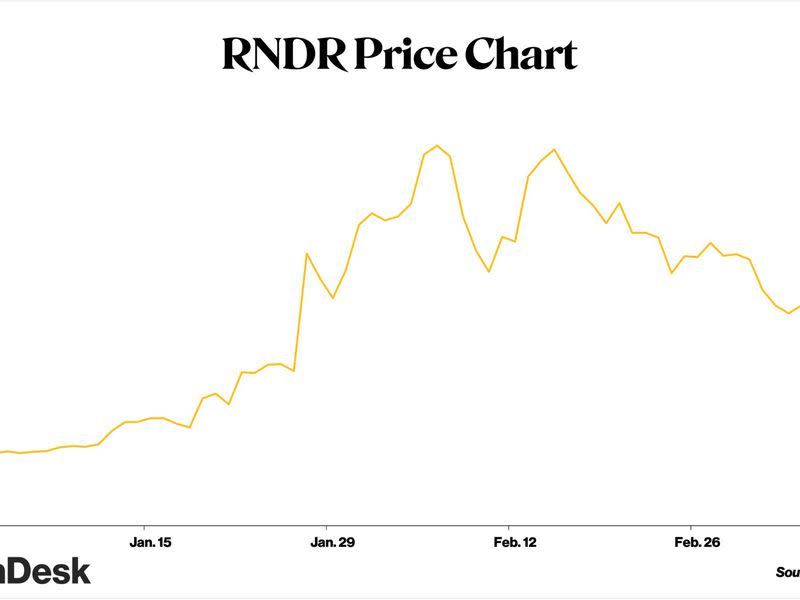
The rendering token’s (RNDR) value in the AI ecosystem is related to storage and infrastructure. The RNDR token enables the distribution of graphics processing units (GPUs) via the blockchain.
Much of the evolving AI that has taken center stage recently (ChatGPT, for example) requires significant computing power and is becoming too robust for GPUs to handle effectively.
Render token as a network attempts to solve this problem by allowing anyone with a modern GPU to exchange their GPU power for RNDR tokens, which can increase the size of GPU computing power for developers.
Year to date, RNDR is up 252% and has a daily trading volume of $157 million.
Resource: Fetch.ai Token: OILY Market value: 355 million dollars. Correlation (BTC): 0.91
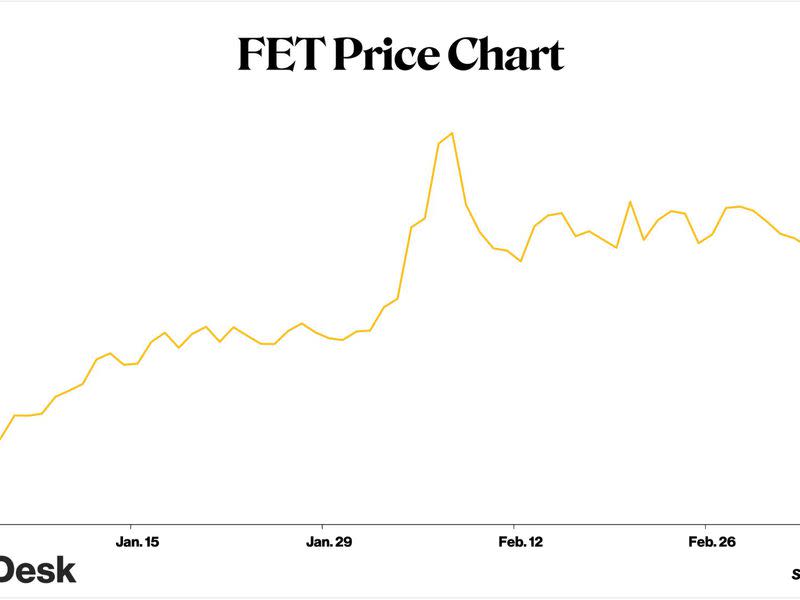
Fetch.ai, the machine learning platform aims to facilitate the exchange of data across a decentralized distributed ledger.
Fetch.ai is the AI lab and its native token (FET) is the medium of exchange/currency in the Fetch ecosystem. Developers who wish to access datasets within the Fetch.ai ecosystem will acquire FET, so that they can deploy it for their own development purposes within FET, and/or take advantage of the price increase.
Year to date, FET is up 394% and has a daily trading volume of $360 million.
Remove
All in all, the three platforms mentioned are just a part of the burgeoning technologies in the crypto landscape. Whether they will succeed is still uncertain. (Nothing in this column should be considered investment advice.)
One thing I remain confident of, however, as was the case in my previous work in traditional finance (TradFi), is that opportunities for alpha are more likely to be found in lesser-known, less-capitalized assets waiting to take center stage – lots of them AI as a technology was a few years ago.
– Glenn C. Williams Jr., CMT
Evaluating Bitcoin as a Store of Value
It’s a common question: Is bitcoin (BTC) a store of value? While proponents say “Yes” without hesitation, skeptics note its historically large drawdown. And that’s fair. Not long ago, in November 2021, bitcoin reached almost $70,000, but is now around $20,000. That said, BTC also used to trade below 1 cent, so using just prices, the answer to the first question is, “It’s hard to say.”
For an asset in its speculative, price discovery phase, volatility should be expected. New opportunities and technologies often capture the attention of speculators and traders, often resulting in wild swings as participants seek to determine true value.
Combine the growing interest with the skepticism, controversy and industry speed bumps experienced so far, and the rollercoaster of highs and lows makes sense at just 14 years old.
While the asset exhibits qualities of sound money (it is durable, portable, scarce, uniform and divisible), acceptance is the ultimate uncertainty.
Through the following on-chain calculations, I aim to prove that bitcoin’s users believe it is a store of value (SoV), despite its volatility.
Realized capitalization
A measure of bitcoin’s use as an SoV is its “realized capitalization.” Different from traditional market value, this option considers the last transfer price of each bitcoin instead of the current market price.
By doing this, realized capitalization is an aggregated cost base for bitcoin’s on-chain users. Total realized cap is the amount of money that has been stored in the network over time.
To me, this is a proxy for influx. Realized capitalization rises when transfers are made at higher prices than previously and decreases when transfers are made at lower prices.
According to Glassnode data, bitcoin stores a total of about $380 billion in value, down from a peak of $460 billion. But, importantly, this is four times more than in December 2017 – when bitcoin was priced around where it is today. So money has flowed into the network – to store value.
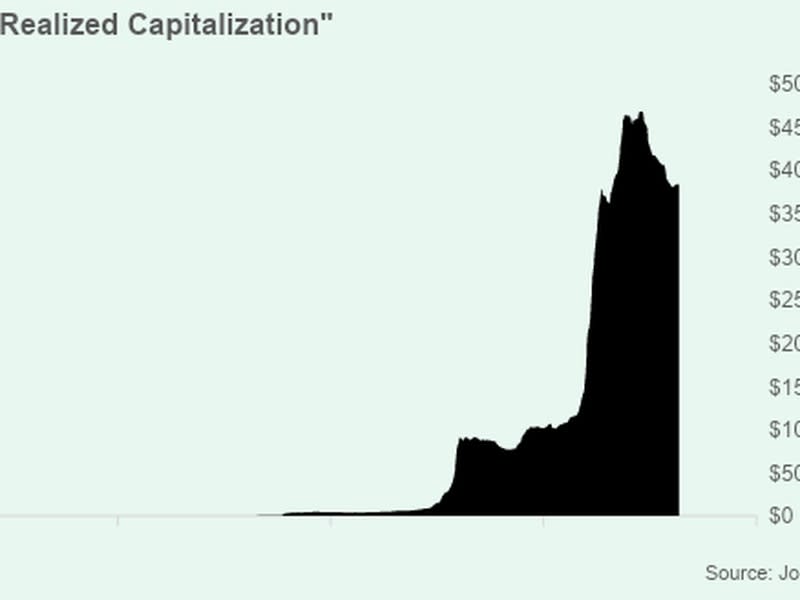
Team trends
Not only that, but bitcoin users also hold the asset longer and longer. Just last week, the share of supply that has been held for long periods reached all-time highs despite the price drop since the end of 2021. As of March 7, according to Glassnode data:
-
% supply held for 1+ years: 67.7%
-
% supply held for 2+ years: 51.4%
-
% supply held for 3+ years: 39.2%
-
% supply held for 5+ years: 28.3%
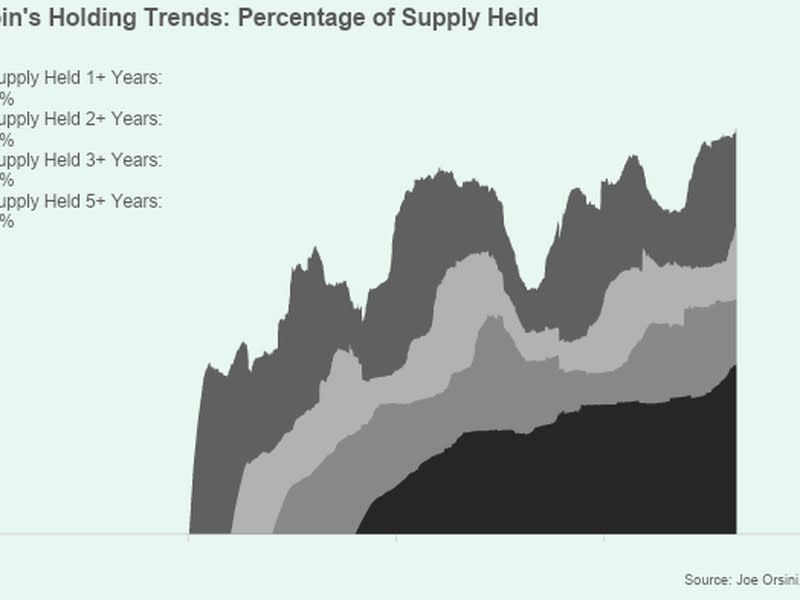
Conclusion
There is a saying that “perception is reality.” Remember that bitcoin has essentially been willed into existence. Despite the noise and skepticism, money continues to flow into the network and users keep their assets for longer periods of time.
The next time someone questions bitcoin’s use as a store of value, show them these charts. As Satoshi Nakamoto wrote: “If enough people think the same way, it becomes a self-fulfilling prophecy.”
– Joe Orsini, CFA, CMT, Signal vs. The Noise blog
Takeaways
From CoinDesk’s Nick Baker, here’s some recent news worth reading:
-
Bailout? When crypto-friendly bank Silvergate collapsed and went out of business just one week ago, two other banks followed suit: Silicon Valley Bank (SVB) and Signature Bank faced bank runs, the second and third largest in history. When the Federal Deposit Insurance Corporation (FDIC) stepped in and declared the failures “systematic risks,” the Federal Reserve and Treasury Department bailed out depositors (who were otherwise only insured up to $250,000 per account), but unlike in 2008, left shareholders out in the cold.
-
Overexposed: BlockTower Capital Funds, an institutional digital and traditional asset investment firm, had four private funds linked to Silvergate Bank and Signature Bank that were valued at a total of $940 million. Two of its funds used Silvergate as their sole custodian, while two of its other funds used other custodians, including Signature Bank.
-
Repegging: Fears that USDC stablecoin issuer Circle had exposure to SVB triggered a wave of depegging – in both directions. It included decentralized stablecoin MakerDAO, which relies on USDC for 52% of its reserves; and also tether (USDT), which depegged and rose to $1.06 as traders fled USDC. USDC fell to a record low of 87 cents on Friday, but the crypto took a breather after the stablecoin regained its 1:1 US dollar peg following assurances from Circle that its reserves were safe and that it had a new banking partner, Cross River Bank. The bank is a top choice of TradFi players such as Visa and has backers including Andreessen Horowitz and T. Rowe Price Investment Management.
-
Undisturbed: Coinbase has shocked Binance USD (BUSD) by suspending trading of the stablecoin. Coinbase CEO Brian Armstrong, who sent these intentions in February, cited liquidity issues as the reason behind the delisting of BUSD. The move followed Paxos, the company issuing BUSD, halting the minting of the stablecoin due to regulatory action by the New York Department of Financial Services and the Securities and Exchange Commission. Meanwhile, Binance CEO Changpeng Zhao is not stopping to recover. Binance said it will convert $1 billion of the stablecoin into bitcoin (BTC), ether (ETH), BNB coin (BNB) and other tokens to support the crypto market.
To hear more analysis, click here for CoinDesk’s “Markets Daily Crypto Roundup” podcast.


